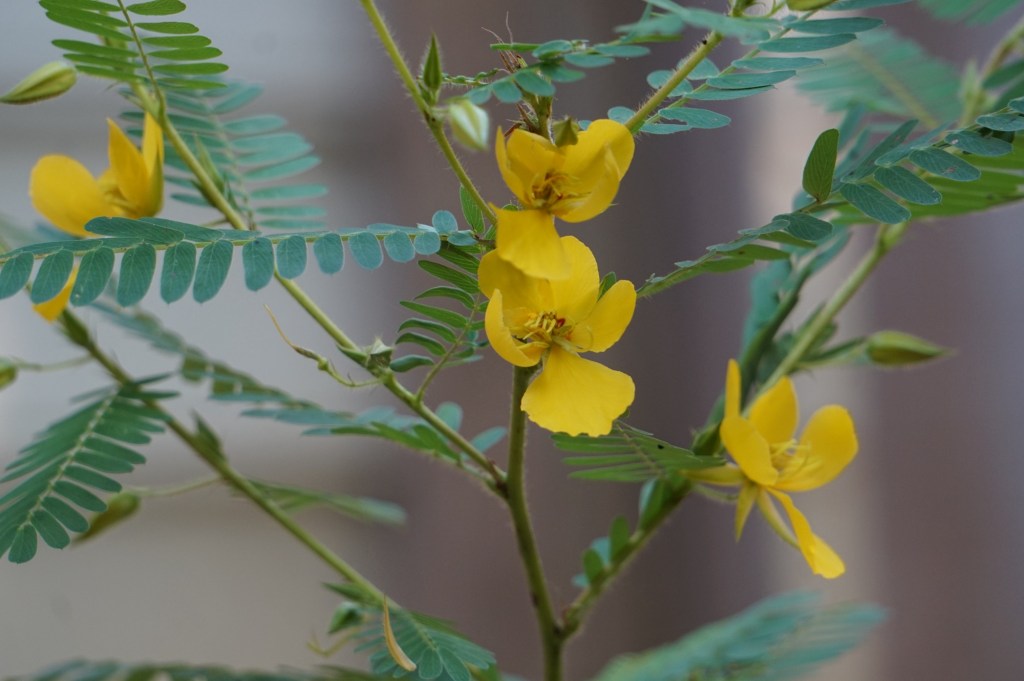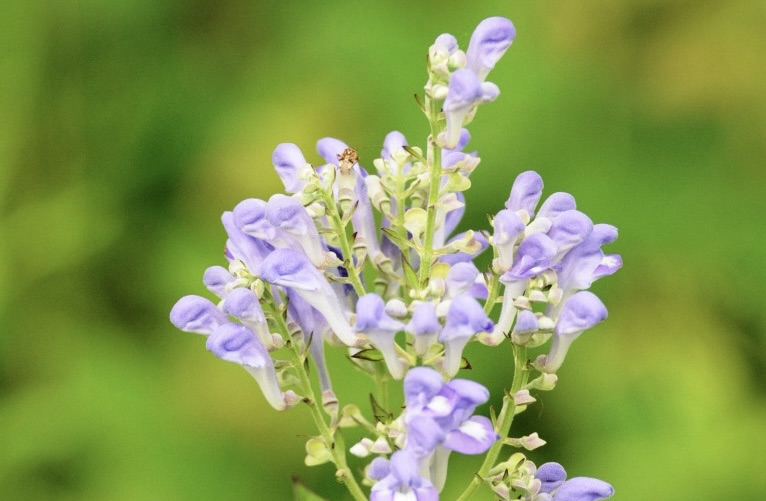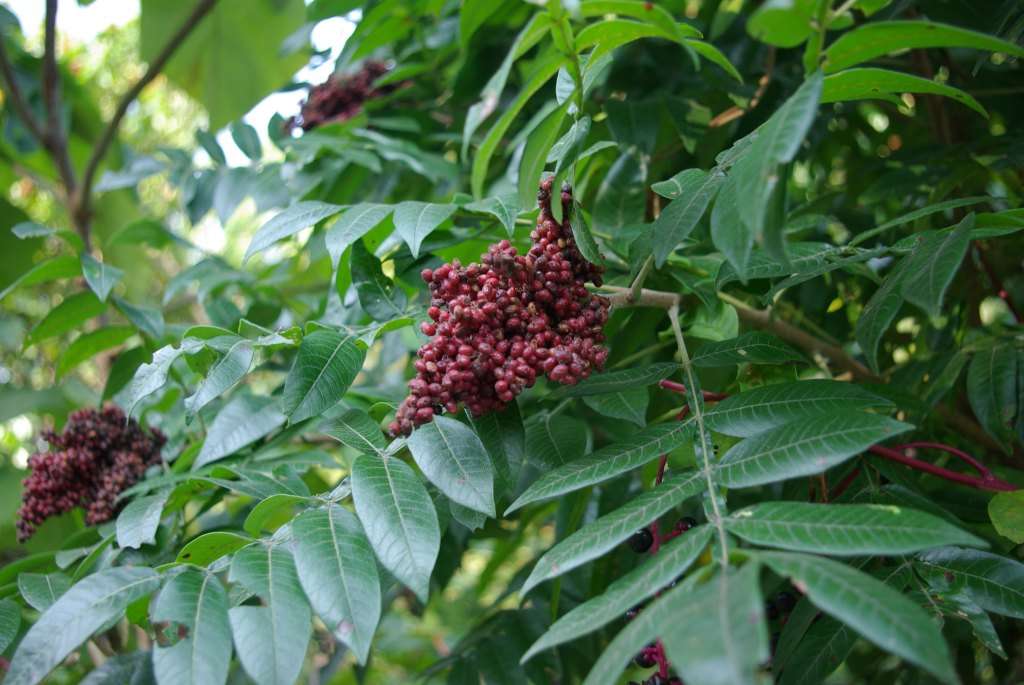Tag: Low water needs
-

Plant Profile: Partridge Pea (Chamaecrista fasciculata)
Partridge pea is an annual with cheery yellow flowers that spreads readily by seed. It’s a popular plant with bees, butterflies, and birds and a larval host for 3 species of butterflies. The leaves close up in the afternoon and when touched, so it is also known as sensitive plant. Read more
-

Plant Profile: Downy Skullcap (Scutellaria incana)
The name skullcap comes from the skull or helmet shaped flowers, which are particularly popular with bumblebees. This is one of the showiest plants in the genus and, like other members of the mint family, it has square stems and can form tightly packed colonies. Read more
-

Plant Profile: Appalachian Bellflower (Campanula divaricata)
Unsurprisingly, Appalachian Bellflower is most often found growing in the Appalachian Mountains. It prefers rocky soils that tend to be dry and favors sloping, open woodlands and rocky outcrops. The blue flowers are extremely small but bloom in large quantities, which makes for a striking display. It is drought tolerant. Read more
-

Plant Profile: Northern Bush Honeysuckle (Diervilla lonicera)
While Northern Bush Honeysuckle is primarily native to the Northeast and Midwest United States, parts of its range do extend into Virginia, Tennessee, North Carolina, and Georgia. This small shrub has good fall color and and looks particularly stunning when grouped in masses or used as a shrub border. Read more
-

Plant Profile: Pale Purple Coneflower (Echinacea pallida)
Pale Purple Coneflower has thinner petals, grows shorter, and is much paler in color than Purple Coneflower. It is highly adaptable to most soils as long as they are well drained, and tolerates heat, drought, and humidity. This is a prairie plant and looks good when allowed to spread and planted among grasses. Read more
-

Plant Profile: Dwarf Sumac (Rhus copallinum)
Dwarf Sumac is also known as Winged Sumac due to its unique winged leaf axis. It makes a great ornamental plant due to its bright red leaves in fall and berries that persist into winter. The flowers are popular with bees and butterflies, and the berries are popular with birds. Read more